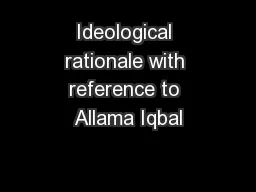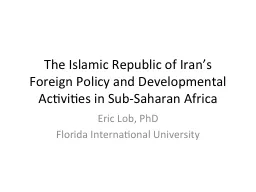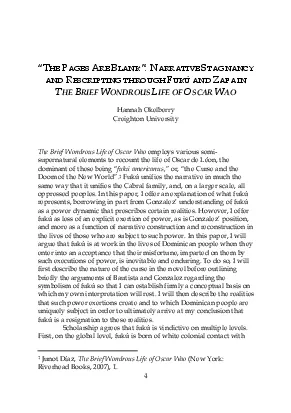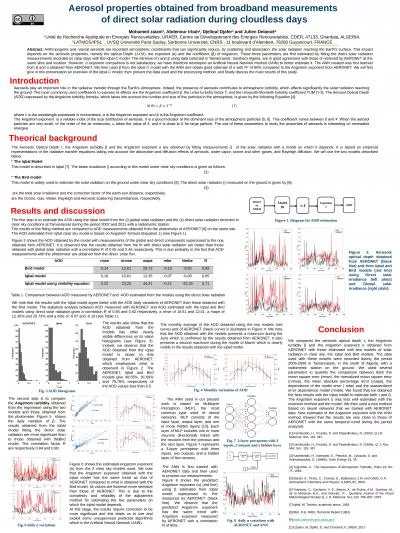PPT-Ideological rationale with reference to Allama Iqbal
Author : stefany-barnette | Published Date : 2017-05-05
Allama Iqbal always emphasized on the separate and distinct image of Muslims in the subcontinent He based the foundation of homeland on the religion which later
Presentation Embed Code
Download Presentation
Download Presentation The PPT/PDF document "Ideological rationale with reference to ..." is the property of its rightful owner. Permission is granted to download and print the materials on this website for personal, non-commercial use only, and to display it on your personal computer provided you do not modify the materials and that you retain all copyright notices contained in the materials. By downloading content from our website, you accept the terms of this agreement.
Ideological rationale with reference to Allama Iqbal: Transcript
Download Rules Of Document
"Ideological rationale with reference to Allama Iqbal"The content belongs to its owner. You may download and print it for personal use, without modification, and keep all copyright notices. By downloading, you agree to these terms.
Related Documents














